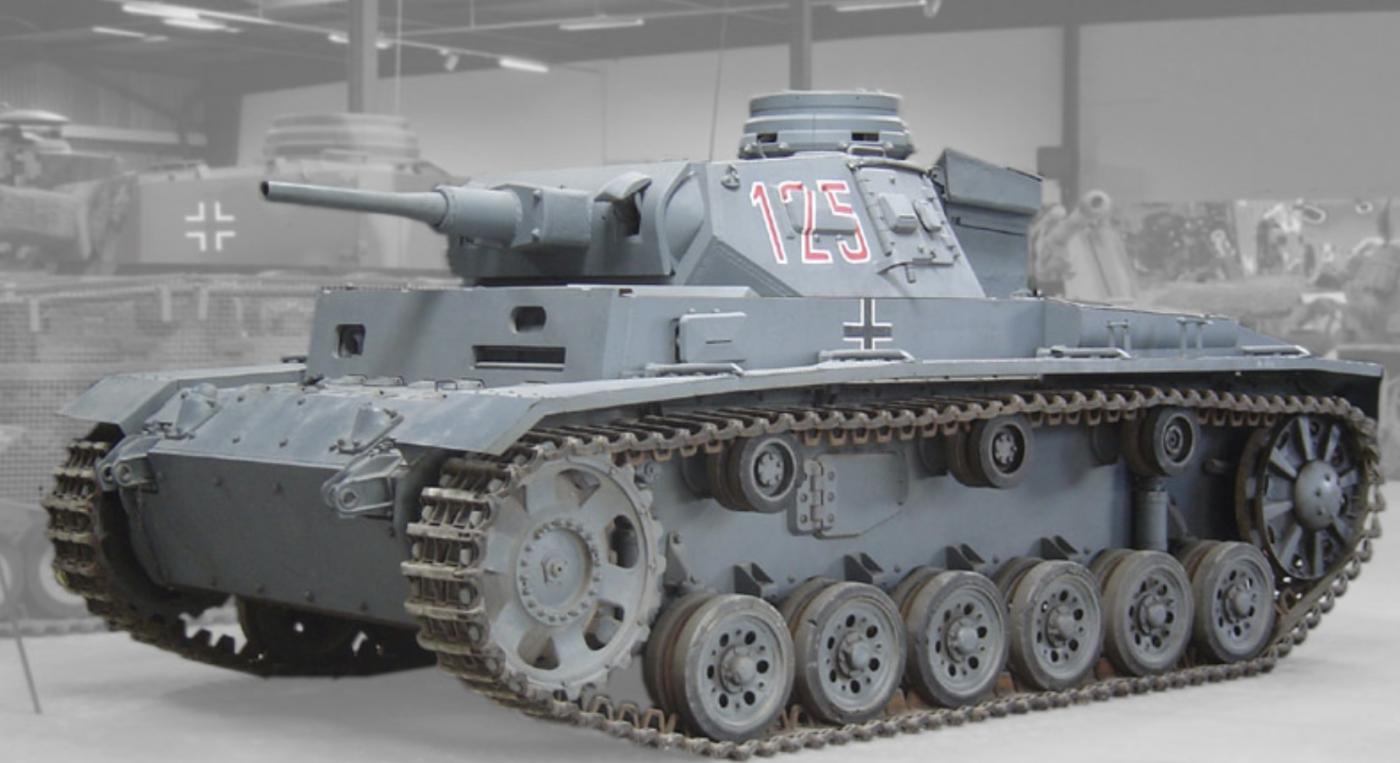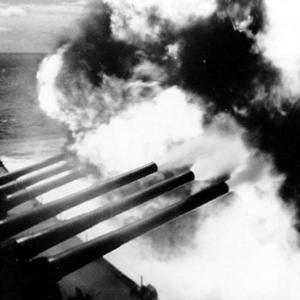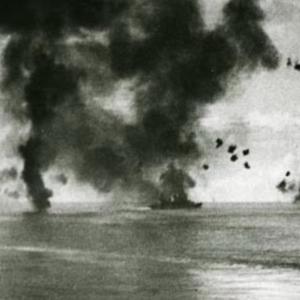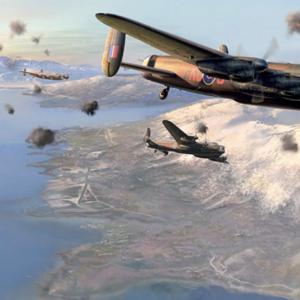
Panzer 111 Tank
The Panzer III, officially known as Panzerkampfwagen III, was developed by Germany in the mid-1930s as part of its efforts to modernize and mechanize its armed forces. Daimler-Benz led the design, which began in 1935, and production started in 1939, continuing until 1943. Multiple German firms, including MAN, Henschel, Alkett, and Daimler-Benz, were involved in manufacturing the tank.
The Panzer III was a medium tank weighing around 23 tons and operated by a crew of five: a commander, gunner, loader, driver, and radio operator. It was powered by a Maybach HL120 TRM 12-cylinder gasoline engine producing 300 horsepower, enabling it to reach speeds of up to 40 kilometers per hour on roads. Its range was approximately 165 kilometers on road and 85 kilometers off-road.
Armor protection evolved throughout the production run. Early models had 15 mm of armor, while later versions increased to 30 mm and eventually up to 50 mm or more with additional plates. The tank’s primary armament began with a 3.7 cm KwK 36 cannon, but as the war progressed and enemy armor improved, it was upgraded to a 5 cm KwK 38 L/42 and later to a longer-barreled 5 cm KwK 39 L/60. The final version carried a short-barreled 7.5 cm gun designed more for infantry support than anti-tank roles. Secondary armament included two or three MG 34 machine guns for use against infantry.
Approximately 5,774 Panzer III tanks were produced by the time manufacturing ceased. The design also served as the basis for the Sturmgeschütz III, a highly successful assault gun that went on to become one of Germany’s most produced armored vehicles. Over time, the Panzer III saw numerous modifications and upgrades to remain competitive on the battlefield.
When Germany launched Operation Barbarossa on June 22, 1941, the Panzer III was the most important medium tank in the Wehrmacht’s inventory. Of the more than 3,300 tanks deployed for the invasion, approximately 965 were Panzer III models. They outnumbered all other medium tanks in the German army and were considered the main vehicle for armored combat.
Germany deployed 17 panzer divisions for the invasion, each structured with two tank battalions. Each battalion typically fielded around 135 tanks in total, though this varied depending on operational readiness and supply. In many of these divisions, Panzer III tanks formed the backbone of the armored units. A division might include between 50 and 70 Panzer III tanks, supported by 20 to 40 Panzer IVs and a number of lighter Panzer II or Czech-made tanks used for reconnaissance.
Within the panzer divisions, tanks were organized into companies, each with 17 to 22 vehicles. This structure allowed for flexibility and concentrated armored power, particularly important in the fast-paced mobile warfare that characterized the early stages of the Eastern Front campaign. The Panzer III, with its moderate gun and decent armor, fit well into this doctrine of combined-arms warfare, working alongside infantry, artillery, and air support.
In combat, the Panzer III initially performed well against older Soviet tanks such as the T-26 and BT-series. However, it quickly became apparent that its main gun was inadequate against newer Soviet designs like the T-34 and KV-1. These newer tanks had sloped armor and heavier guns that could withstand the Panzer III’s 5 cm rounds, prompting emergency upgrades and new designs within the German tank corps.
Despite these limitations, the Panzer III remained a critical part of Germany’s armored forces through much of 1941 and 1942. It was reliable, well-engineered, and adaptable, allowing it to be up-gunned and re-armored multiple times. Its balanced combination of mobility, firepower, and protection made it an essential tool in the early blitzkrieg campaigns.
While the tank would eventually be phased out of frontline service in favor of the more powerful Panzer IV and Panther tanks, its contribution during Operation Barbarossa was significant. It led many of the armored spearheads into Soviet territory and formed the core of the panzer divisions during the crucial opening months of the Eastern Front.










